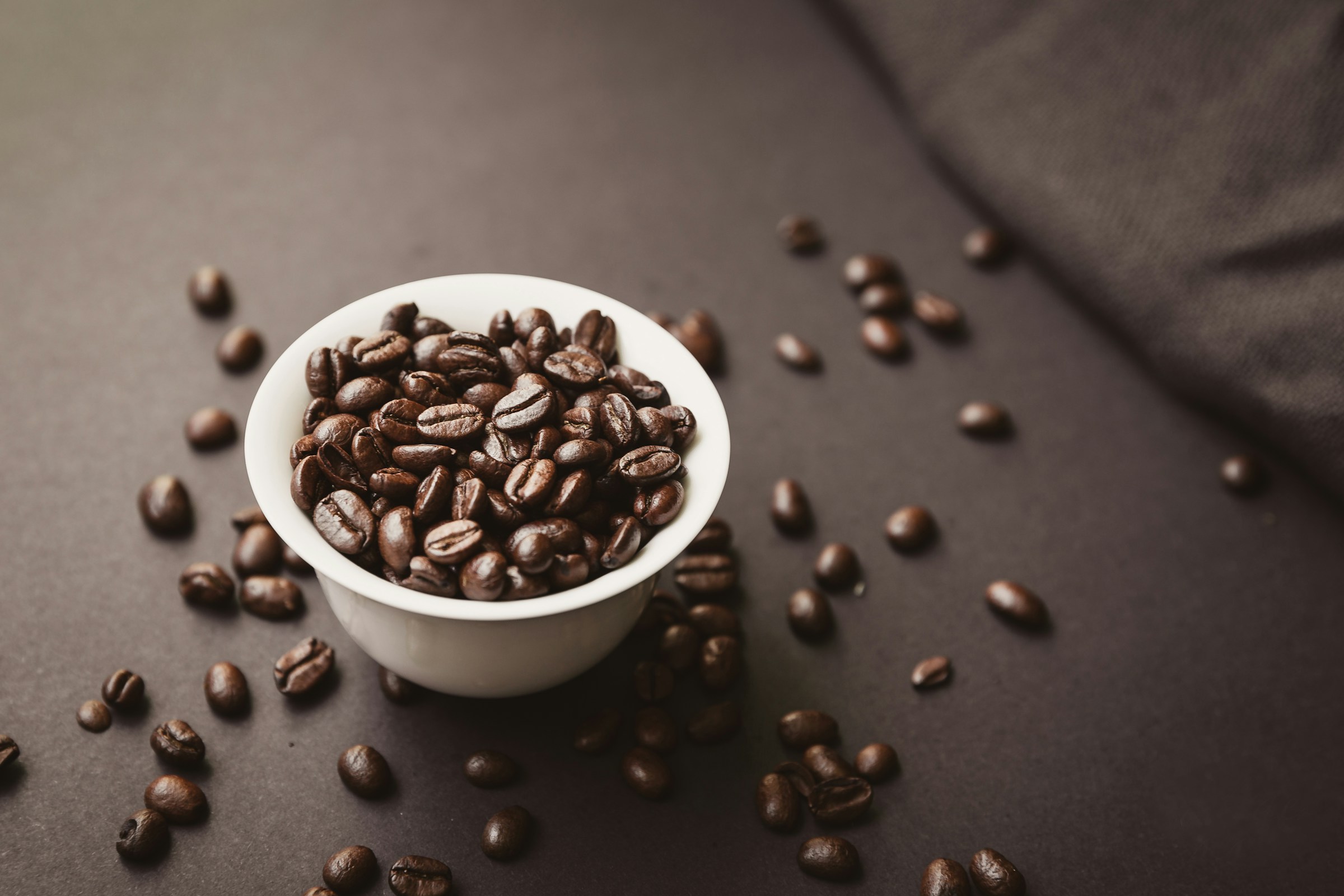Black coffee is an integral part of my daily morning routine, especially during periods when I am practicing intermittent fasting. Since coffee comprises about 98% water, which contains no calories, it logically makes sense that coffee is a low-calorie drink. But have you ever wondered if there are any calories at all in your morning cup of joe? And if so, are those calories impacting your health efforts? Here, we’ll break down the answer to “does coffee have calories?” and explore the calorie content of popular coffees so you can know exactly just how many calories you consume from java a day.
Does coffee have calories?

The question “does coffee have calories?” depends on the type of coffee you’re asking about. If the definition of coffee means “black coffee” to you, then the calories in your cup are negligible. According to the USDA National Nutrient Database, black coffee contains only two calories for an eight-ounce cup. While we can’t quite classify coffee as “calorie-free,” it is pretty close. Black coffee contains so few calories that it is generally accepted as a “safe” drink without breaking a fast.
At this point, you’re probably wondering how coffee may contain so few calories. The energy you get after drinking coffee comes from the naturally occurring caffeine content, not calories. The coffee cherry itself contains very few calories.
Calories in types of coffee

Many coffee drinkers mistakenly believe that espresso and coffee come from two different things. However, whether you’re drinking an espresso or regular coffee, you still consume a product brewed from the same coffee beans. Espresso shots are just a concentrated version of coffee made with a pressurized brewing system.
As such, this means a shot of espresso also contains a negligible amount of calories. According to the USDA, the average shot of espresso (one fluid ounce) contains about three calories. Others, such as Ispirare Coffee, argue a shot of espresso has up to five calories. Either way, the calories in a shot of espresso or a cup of black coffee are minimal. While you can undoubtedly track this in your calorie tracker app, it’s often considered a “free” item because the calories are so low.
Cream and sugar in coffee

Research suggests that only about 18% of American coffee drinkers prefer black coffee. Nearly 3 in 4 Americans consume coffee daily, so most coffee drinkers consume coffee with added mix-ins, such as cream and sugar. While black coffee contains almost no calories, the question of “does coffee have calories?” drastically changes when considering how you realistically drink coffee. Though coffee contains so few calories, most coffee creamers, and sugars contain a reasonable amount. Here’s where the answer to this question gets a bit less black-and-white.
Adding milk and sugar to coffee
I prefer a “splash” to lighten the coffee when I add cream to regular drip coffee. If you’re like me, you’re probably not using more than one-to-two tablespoons of cream in your coffee. Using a small amount of cream or milk will add some calories to your cup of joe, but nothing to be too alarmed about.
Two tablespoons of skim milk or half-and-half contain about 14 and 39 calories, respectively. Even whole milk contains only about 18 calories per two-tablespoon serving. Most dairy-free and plant-based milk alternatives, such as almond or soy milk, are also low in calories. For the most part, except for heavy whipping cream, which is high in calories, adding a touch of cream to your coffee is unlikely to make or break your daily calorie totals. However, if you’re not measuring your cream before adding it (or if you like more cream than coffee, as some do), your coffee may contain way more calories than you think.
In addition, we also have to consider the calories that may come from adding packets of sugar to your coffee. One standard packet of sugar contains about 16 calories. With this in mind, how many sugar calories you add to your coffee depends on how sweet you like it. You can also opt for zero-calorie sweeteners, like Monk Fruit or Stevia, to avoid adding extra calories to your cup.
Espresso drinks and café-style coffees
Adding sugar and cream to a regular cup of coffee can add a fair amount of calories. However, the accurate hidden calories come from specialty espresso drinks and cafés-style coffees, such as lattes and cappuccinos. Unlike adding a few tablespoons of cream to a cup of coffee, drinks like lattes contain several ounces of milk and added sugar or syrups, depending on the variety you order.
For example, a classic Grande Starbucks latte contains 190 calories, and a venti contains 250 calories. If you opt for specialty sweetened lattes or drinks, such as the Caffè Mocha, a Grande includes a whopping 370 calories. Remember, although the coffee itself doesn’t contain many calories, the hefty serving of sweeteners, syrups, milk, and whipped cream used in




